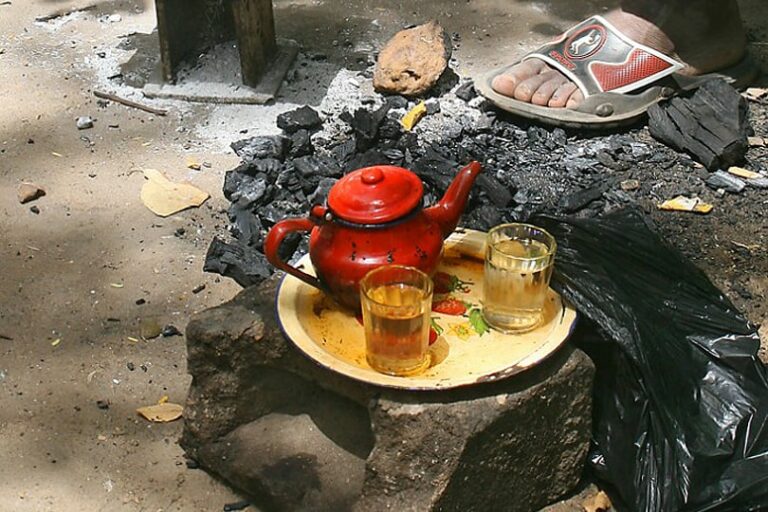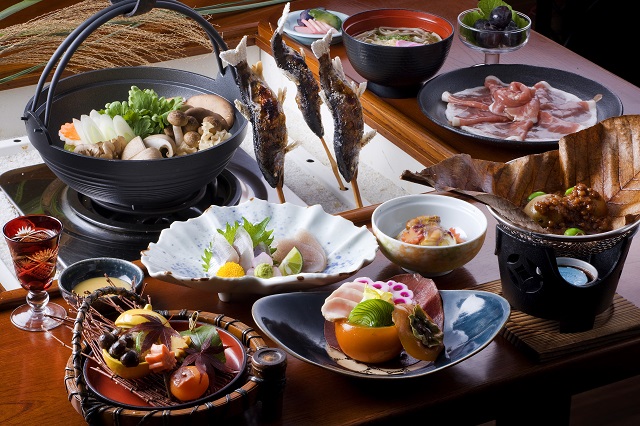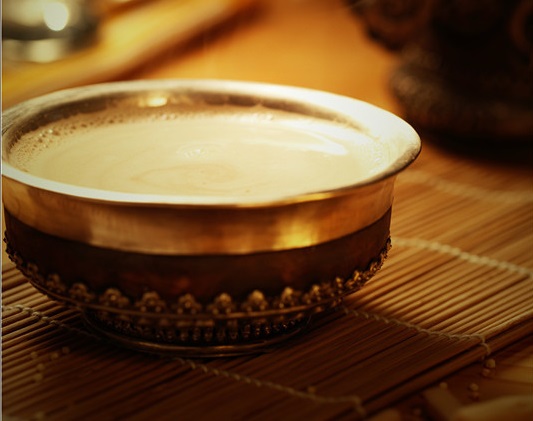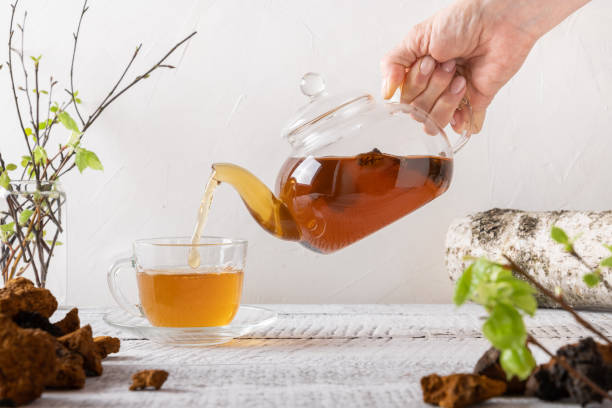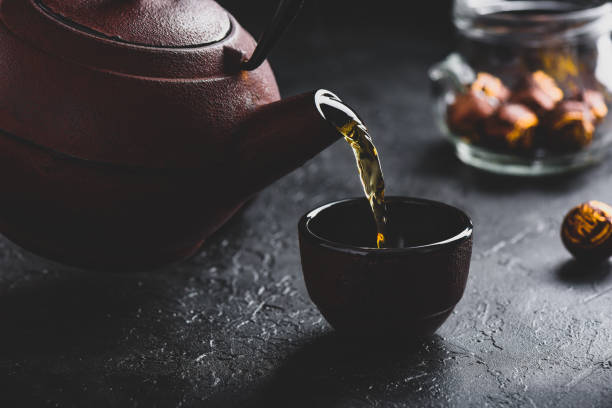Introduction
Attaya, also known as Gambian tea, is a popular drink in the West African country of The Gambia. It is a strong, sweet tea usually consumed in social settings and is considered a symbol of hospitality. Preparing and serving attaya is a cultural tradition in The Gambia, and it is often accompanied by conversation and socializing.
Ingredients and tools
To prepare attaya, one needs black tea leaves, mint leaves, sugar, and water. The tea is brewed in a special kettle called a “bouilloire” or “kanthoor,” which has a long spout for pouring and a handle for holding. The brewing process involves boiling the tea leaves and mint leaves in water multiple times until the desired strength and flavor is achieved.
Preparation process
The attaya preparation process is a social activity that involves multiple rounds of brewing and serving. The first round, called the “first boil,” is traditionally poured out and discarded as it is believed to contain impurities. The second round, called the “second boil,” is usually served to guests and is considered the best quality. The remaining rounds, called the “third boil” and “fourth boil,” are also served but are typically weaker in strength. Sugar is added to the tea during the brewing process, and the amount varies according to individual taste preferences.
Serving and etiquette
Attaya is typically served in small glasses and poured from a height to create a frothy layer on top. The person pouring the tea is known as the “attaya maker” and is considered the host of the gathering. It is customary for the attaya maker to pour tea for each guest individually, with the glass being passed around the group. It is also customary to offer the first glass to the oldest person present. Guests are expected to drink the tea slowly and savor the flavor, and it is considered impolite to refuse a cup of attaya.
Variations in attaya recipes
While the basic attaya recipe remains the same, there are variations in the ingredients used to brew the tea. Some people add spices like ginger or cardamom to the tea, while others use different types of mint leaves. The amount of sugar added to the tea can also vary, depending on individual taste preferences.
Health benefits and risks
Attaya contains caffeine, which can provide a short-term energy boost. Mint leaves have been known to aid digestion, and black tea has antioxidants that can help protect against disease. However, excessive consumption of attaya can lead to health problems like dehydration, high blood pressure, and insomnia. It is recommended to consume attaya in moderation and to alternate it with water to maintain hydration levels.

